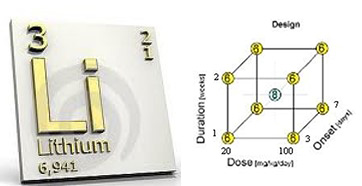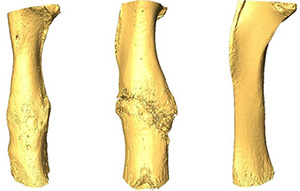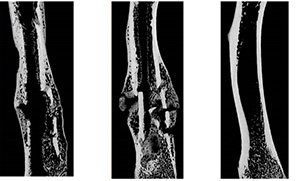Lithium for Fracture Treatment (LIFT)

The canonical Wnt/β-Catenin pathway is a promising therapeutic target to stimulate bone growth. A molecular mechanism known to play a prominent role in skeletal development during embryogenesis, and believed to be recapitulated during fracture repair, the Wnt/β-Catenin pathway has been confirmed to influence the osteoblast lineage, stimulating mesenchymal progenitor precursors to differentiate into fully active, mature osteoblasts. Lithium is an integral component of psychotropic medicine but has also been linked to the Wnt/β-Catenin pathway and has been shown to positively influence bone biology acting as an anabolic agent to enhance fracture repair.

Through preclinical testing using a factorial design of experiments approach, we optimized the dose and duration of timing of lithium administration for fracture healing in healthy and osteoporotic femurs. It was found that the best treatment combination occurred at a low dose (20 mg/kgwt/day), late onset (7 days post-fracture) and a 2-week duration in healthy rats. Optimized lithium treatment yielded a 46 per cent increase in strength (maximum yield torque) at 4 weeks post-fracture over pooled controls. A similar 50 per cent increase in strength was seen with a further delayed administration of lithium (10 days post-fracture) in treating osteoporotic femurs at a six-week endpoint.
 Impact of Li delivery on fracture healing.
Impact of Li delivery on fracture healing. Left: low dose, later onset, longer duration. Center: high dose, earlier onset, shorter duration. Right: intact contralateral control.
A Phase II Clinical Trial in patients (LiFT) is currently underway at Sunnybrook to determine if lithium can improve clinical long bone fracture healing. This research is also considering potential barriers to the uptake of lithium therapy for fracture healing from the perspective of both patients and care providers.
Additional preclinical work is underway examining the impact of the microbiome on fracture healing.


